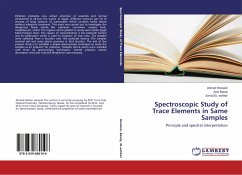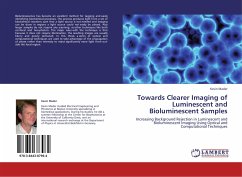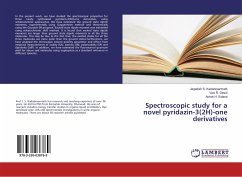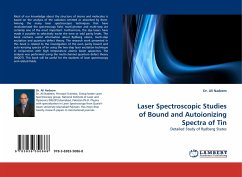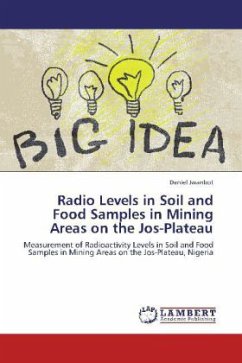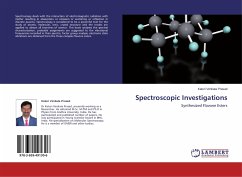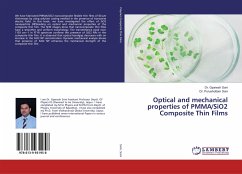Pollution problems now attract attention of scientists and normal inhabitants in all-over the world. In Egypt, different factories get rid of sewage of large amount of wastewater which contains heavy metals without adequate treatment. This work was carried out to investigate the dangerous heavy metals like cadmium, chromium, copper, lead, molybdenum, nickel. The regions which yielded to study were inside Egypt Kafer-El-Zayat town. The reason of contamination is the pesticide factory and its wastewater which is used to irrigation of near area. The samples were collected from a location near the pesticide factory. The samples covered soil and some plants growing in that location. The aim of the present study is to establish a simple spectroscopic technique to study the samples as an indicator for pollution. Samples (soil & plant) were handled with three (3) spectroscopic techniques:- Atomic emission, atomic absorption and Laser Induced Breakdown spectroscopy.
Bitte wählen Sie Ihr Anliegen aus.
Rechnungen
Retourenschein anfordern
Bestellstatus
Storno

